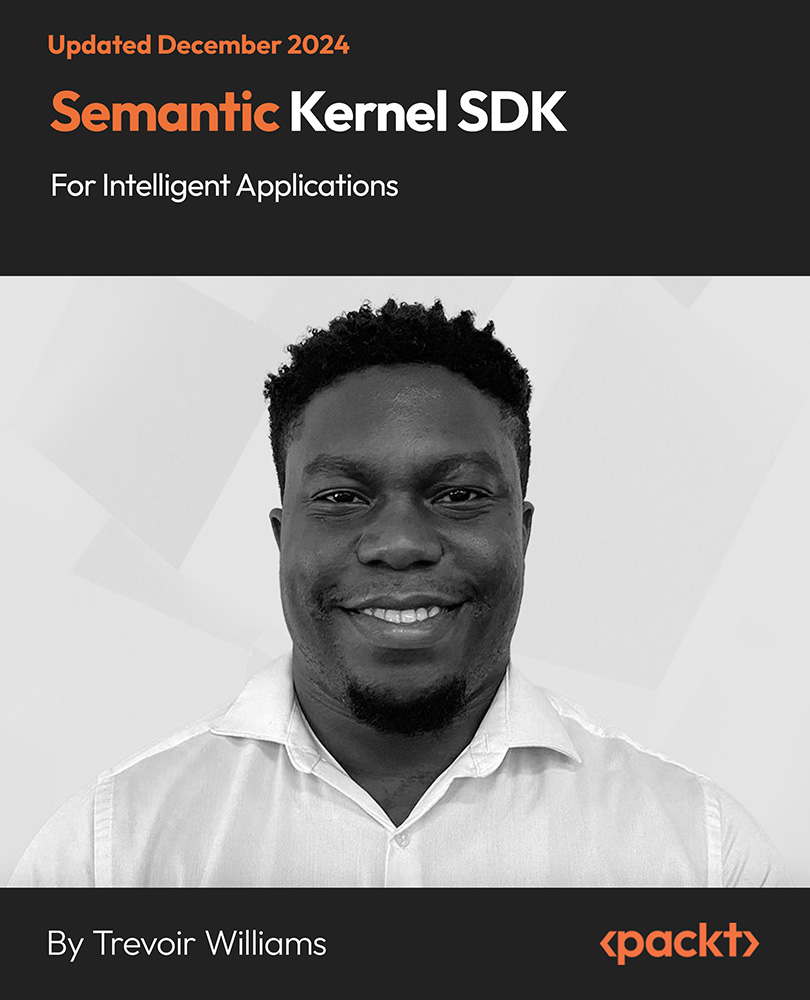Here, we will cover the main ways that we can create tensors in TensorFlow:
1. Fixed tensors:
-
- In the following code, we are creating a zero-filled tensor:
zero_tsr = tf.zeros([row_dim, col_dim])
-
- In the following code, we are creating a one-filled tensor:
ones_tsr = tf.ones([row_dim, col_dim])
-
- In the following code, we are creating a constant-filled tensor:
filled_tsr = tf.fill([row_dim, col_dim], 42)
-
- In the following code, we are creating a tensor out of an existing constant:
constant_tsr = tf.constant([1,2,3])
Note that the tf.constant() function can be used to broadcast a value into an array, mimicking the behavior of tf.fill() by writing tf.constant(42, [row_dim, col_dim]).
- Tensors of similar shape: We can also initialize variables based on the shape of other tensors, as follows:
zeros_similar = tf.zeros_like(constant_tsr)
ones_similar = tf.ones_like(constant_tsr)
Note that since these tensors depend on prior tensors, we must initialize them in order. Attempting to initialize all the tensors all at once will result in an error. See the There's more... subsection at the end of the next section, on variables and placeholders.
- Sequence tensors: TensorFlow allows us to specify tensors that contain defined intervals. The following functions behave very similarly to the NumPy's linspace() outputs and range() outputs. See the following function:
linear_tsr = tf.linspace(start=0, stop=1, start=3)
The resultant tensor has a sequence of [0.0, 0.5, 1.0]. Note that this function includes the specified stop value. See the following function for more information:
integer_seq_tsr = tf.range(start=6, limit=15, delta=3)
The result is the sequence [6, 9, 12]. Note that this function does not include the limit value.
- Random tensors: The following generated random numbers are from a uniform distribution:
randunif_tsr = tf.random_uniform([row_dim, col_dim], minval=0, maxval=1)
Note that this random uniform distribution draws from the interval that includes the minval but not the maxval (minval <= x < maxval).
To get a tensor with random draws from a normal distribution, you can run the following code:
randnorm_tsr = tf.random_normal([row_dim, col_dim], mean=0.0, stddev=1.0)
There are also times where we want to generate normal random values that are assured within certain bounds. The truncated_normal() function always picks normal values within two standard deviations of the specified mean:
runcnorm_tsr = tf.truncated_normal([row_dim, col_dim], mean=0.0, stddev=1.0)
We might also be interested in randomizing entries of arrays. To accomplish this, there are two functions that can help us: random_shuffle() and random_crop(). The following code performs this:
shuffled_output = tf.random_shuffle(input_tensor)
cropped_output = tf.random_crop(input_tensor, crop_size)
Later on in this book, we will be interested in randomly cropping images of size (height, width, 3) where there are three color spectrums. To fix a dimension in the cropped_output, you must give it the maximum size in that dimension:
cropped_image = tf.random_crop(my_image, [height/2, width/2, 3])
 United States
United States
 Great Britain
Great Britain
 India
India
 Germany
Germany
 France
France
 Canada
Canada
 Russia
Russia
 Spain
Spain
 Brazil
Brazil
 Australia
Australia
 Singapore
Singapore
 Hungary
Hungary
 Ukraine
Ukraine
 Luxembourg
Luxembourg
 Estonia
Estonia
 Lithuania
Lithuania
 South Korea
South Korea
 Turkey
Turkey
 Switzerland
Switzerland
 Colombia
Colombia
 Taiwan
Taiwan
 Chile
Chile
 Norway
Norway
 Ecuador
Ecuador
 Indonesia
Indonesia
 New Zealand
New Zealand
 Cyprus
Cyprus
 Denmark
Denmark
 Finland
Finland
 Poland
Poland
 Malta
Malta
 Czechia
Czechia
 Austria
Austria
 Sweden
Sweden
 Italy
Italy
 Egypt
Egypt
 Belgium
Belgium
 Portugal
Portugal
 Slovenia
Slovenia
 Ireland
Ireland
 Romania
Romania
 Greece
Greece
 Argentina
Argentina
 Netherlands
Netherlands
 Bulgaria
Bulgaria
 Latvia
Latvia
 South Africa
South Africa
 Malaysia
Malaysia
 Japan
Japan
 Slovakia
Slovakia
 Philippines
Philippines
 Mexico
Mexico
 Thailand
Thailand

















